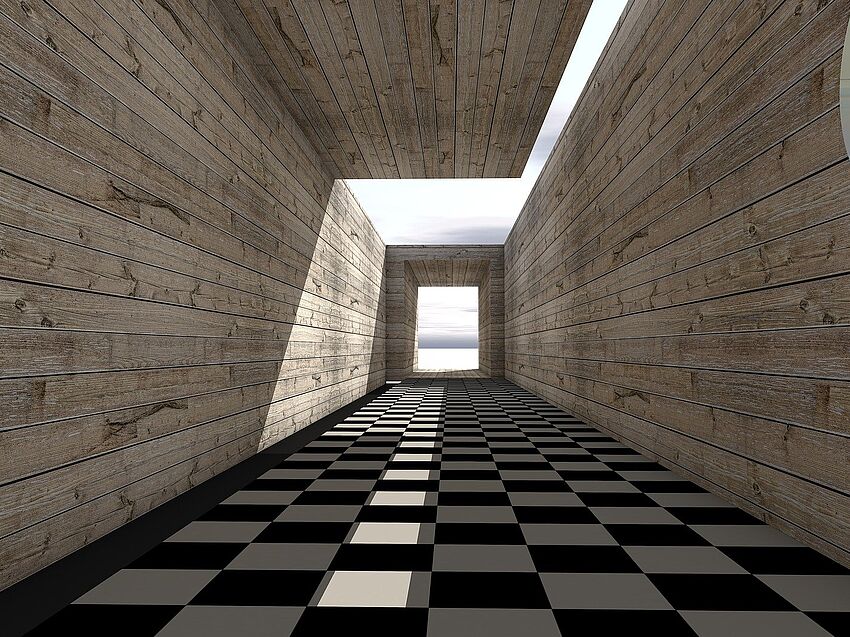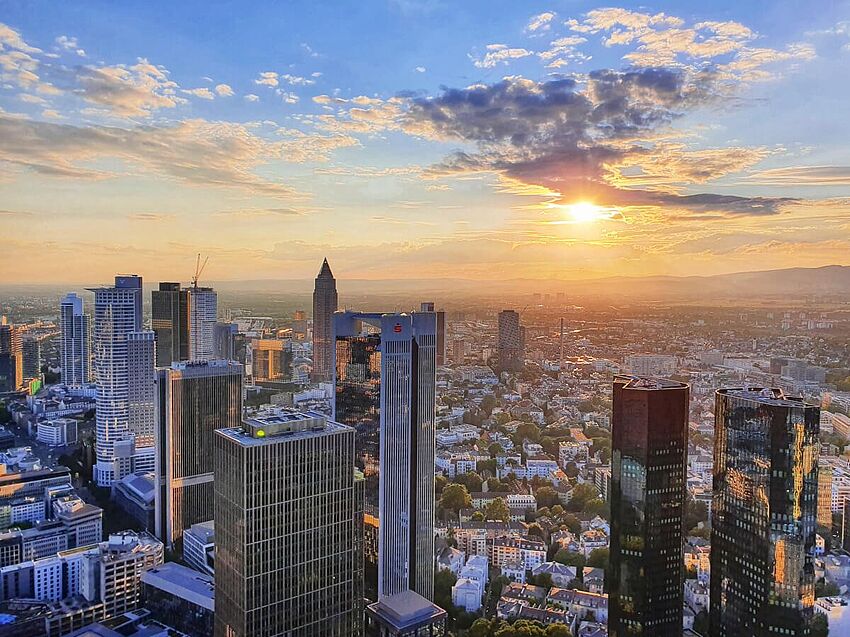Carbon concrete: building material of the future for sustainable construction
Hardly any other sporting event has ever been as controversial as the World Cup in Qatar. Whether it is the corruption scandal surrounding various FIFA officials, the high temperatures, slave-like employment conditions for foreign construction workers in stadium construction, or the whole project itself of building huge stadiums in this small desert state that will soon turn into useless ruins - the list of negative press is long. But there is also good news. Like the new design for Ras Abu Aboud Stadium. This will not only be built, but will also be completely dismantled later.

According to the master plan of Albert Speer und Partner, the ranks of the nine new stadiums to be built for the World Cup should be modular. In this way, around half of the 40,000 seats should be dismantled and subsequently rebuilt as smaller sports facilities in developing countries. The design by the team of Fenwick Irribaren Architects, Schlaich Bergermann Partner and Hilson Moran for the Ras Abu Aboud Stadium goes one step further. This provides for a completely modular structure that can be dismantled and reused. This is made possible by a special steel frame construction and modified ship containers.


High rack construction
The primary construction resembles a high-bay warehouse into which all functions of the stadium are sorted. The latter, i.e. grandstands, sales stands and sanitary facilities, are accommodated in modules certified as ship containers. On the one hand, this design allows extremely fast construction - the stadium will be completed within three years - using less material and producing less waste and CO2 than conventional designs. On the other hand, it also allows partial or complete dismantling.
A stadium on a world tour?
After it's no longer needed, the stadium could either be reduced by parts or completely dismantled. The components could then be used to rebuild either several small stadiums and multi functional arenas at different locations or the entire stadium at a new location. Theoretically it could be used in further world championships, so to speak on "world championship tour". That is, as long as the transport is secured. Because even in Qatar, the design is not only visually perfect for the harbor location. The proximity to Doha's harbor also provides the perfect infrastructure for the ship container stadium, both for construction and dismantling.

Conclusion
Architectural experiments with ship containers have not been a rarity in the recent past. However, most of them were probably rarely as sustainable as the Ras Abu Aboud Stadium. In fact, the mobile sports building already received a 4-star certification according to the GSAS (Global Sustainability Assessment System) during the planning phase. In addition to the excellent sustainability concept, however, the design itself is an excellent choice for the port context. All in all, there is a lot to suggest that Ras Abu Aboud Stadium will soon be perhaps the most meaningful of its kind.




